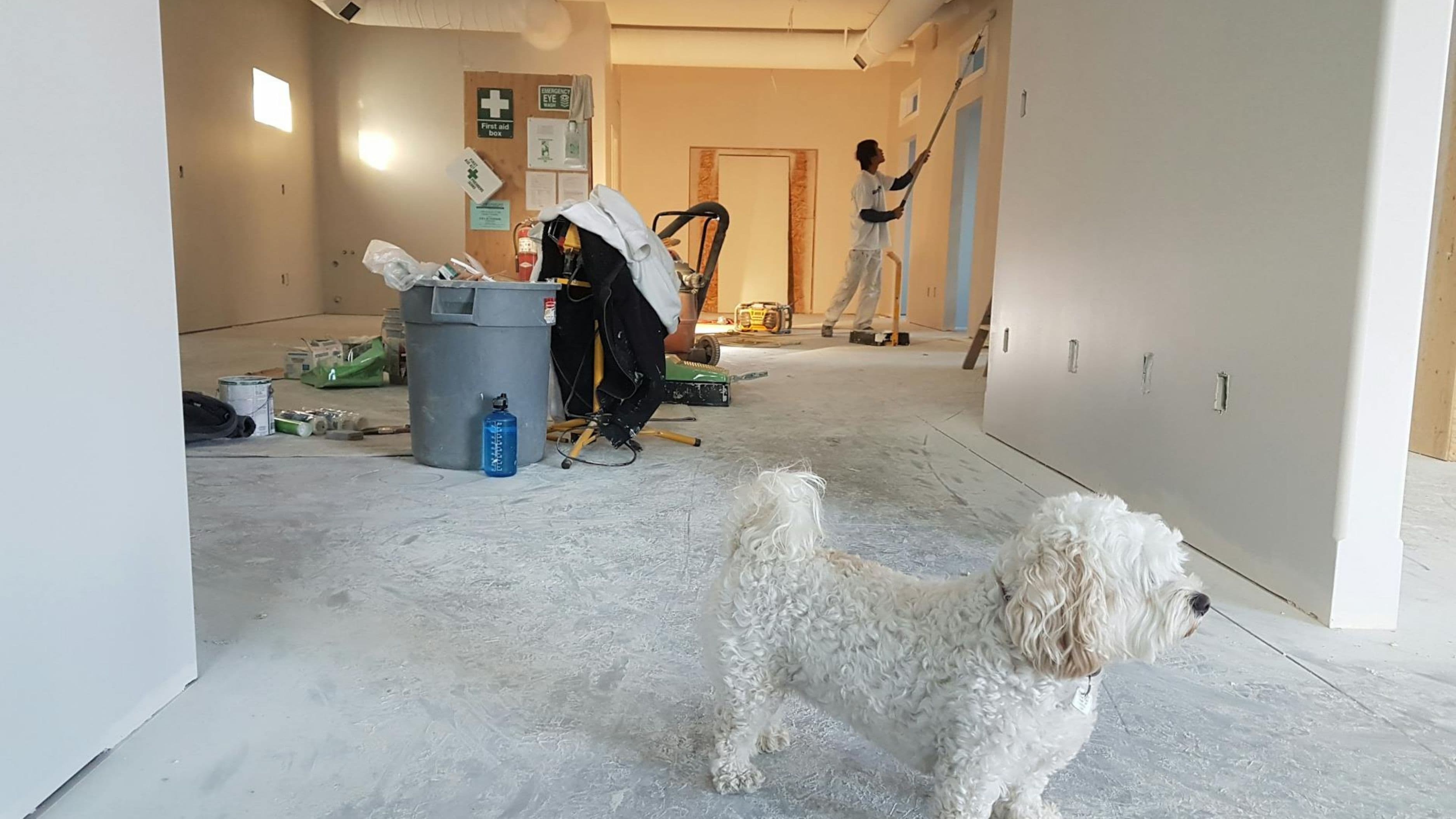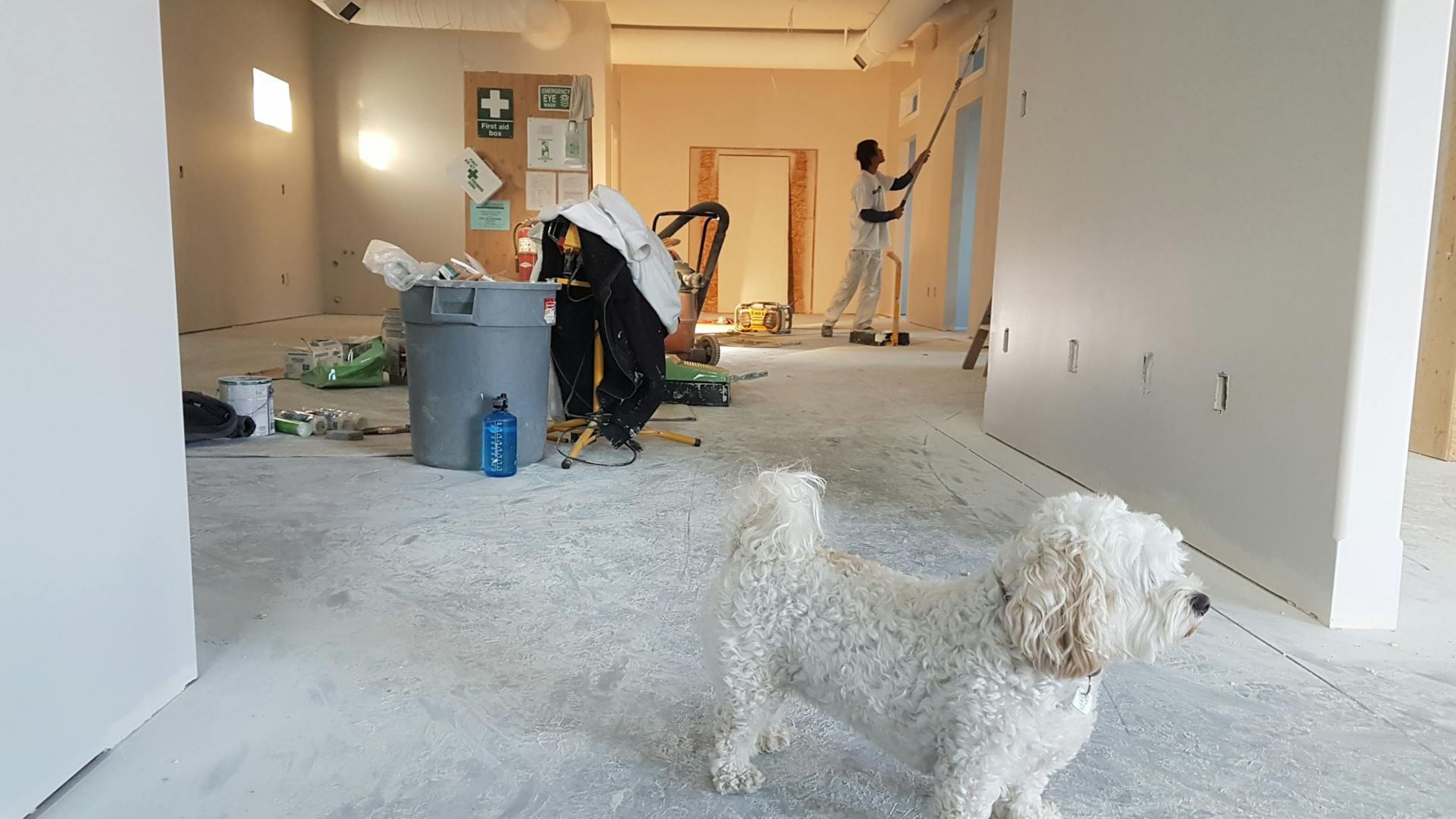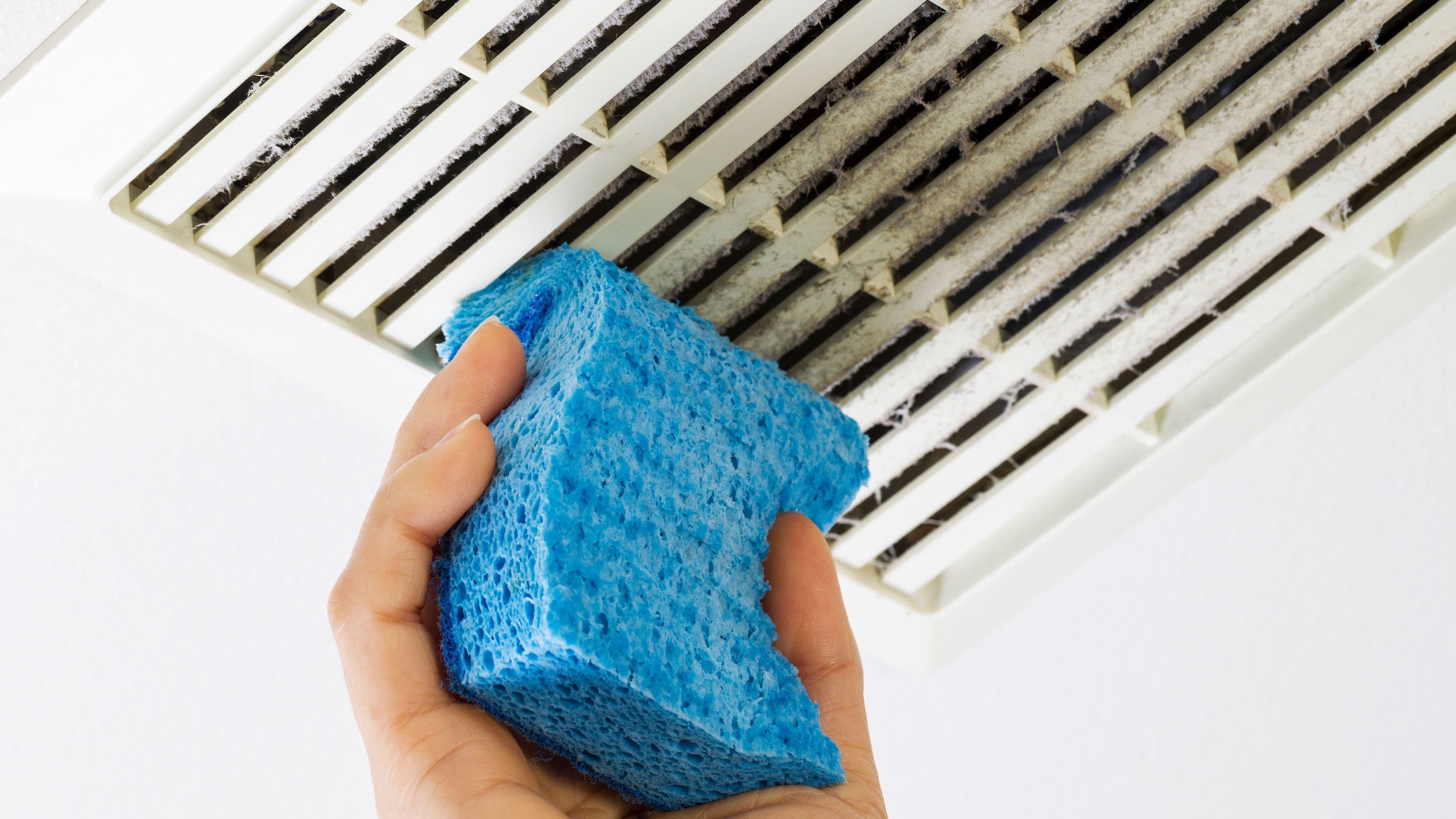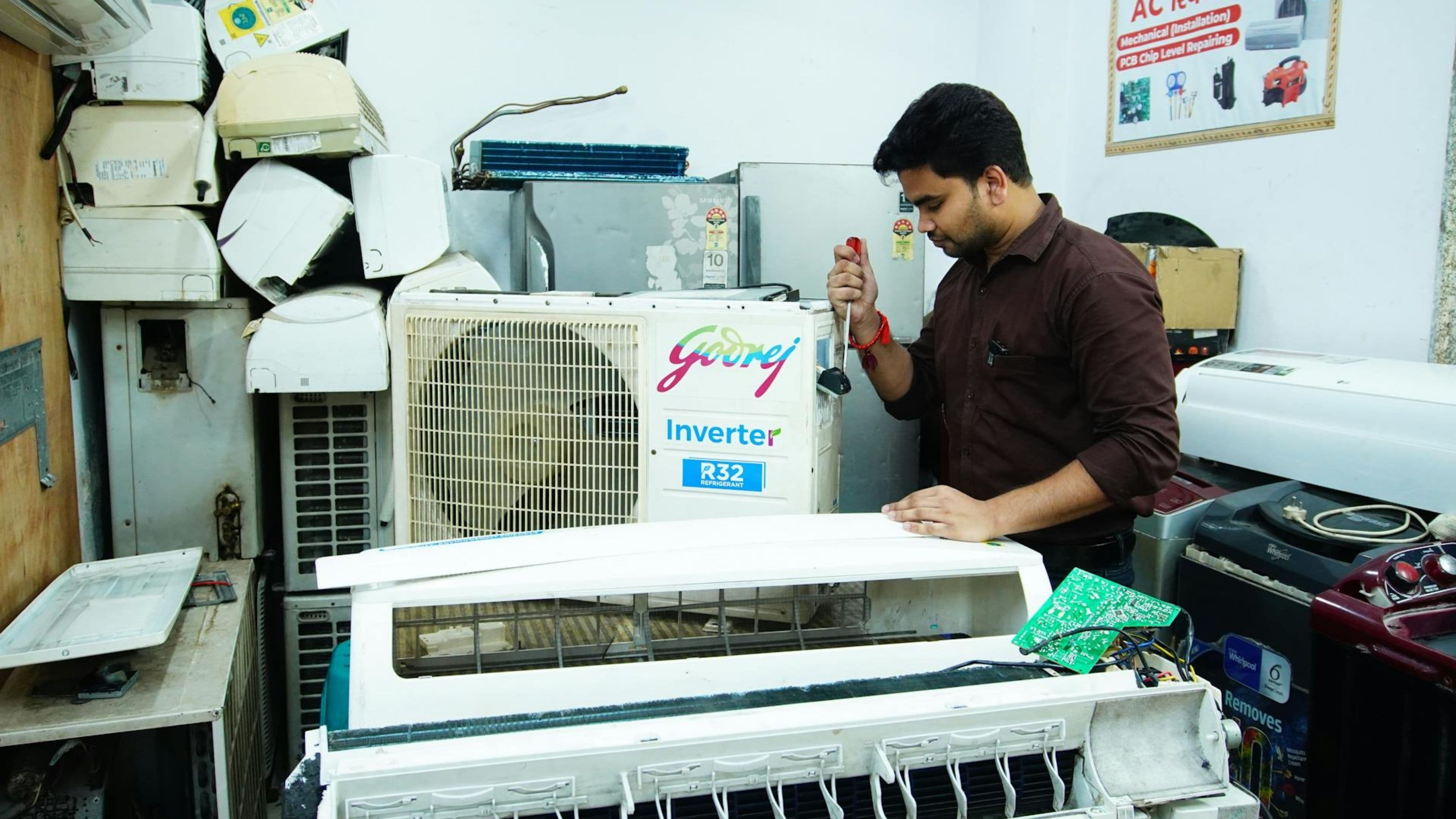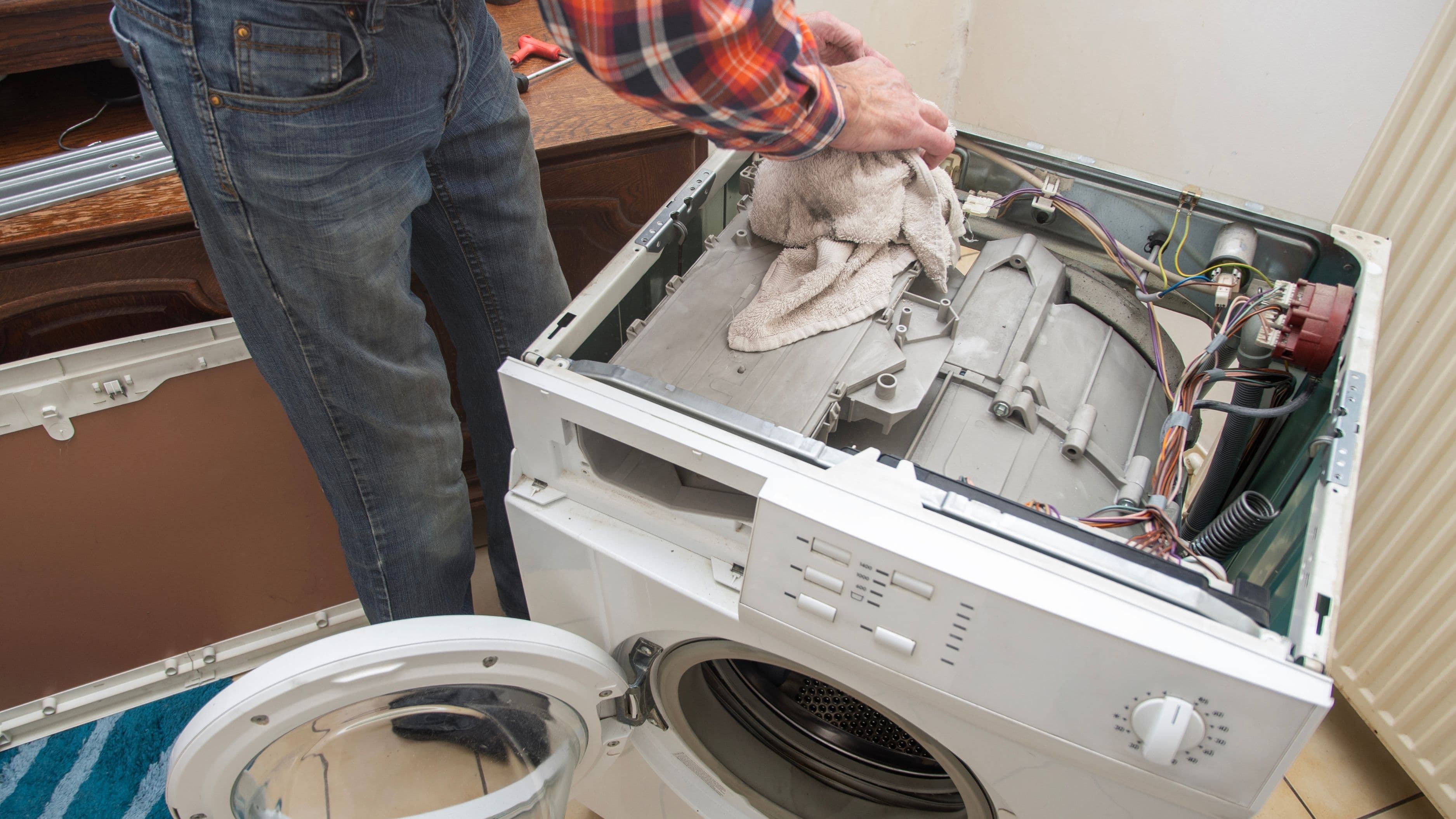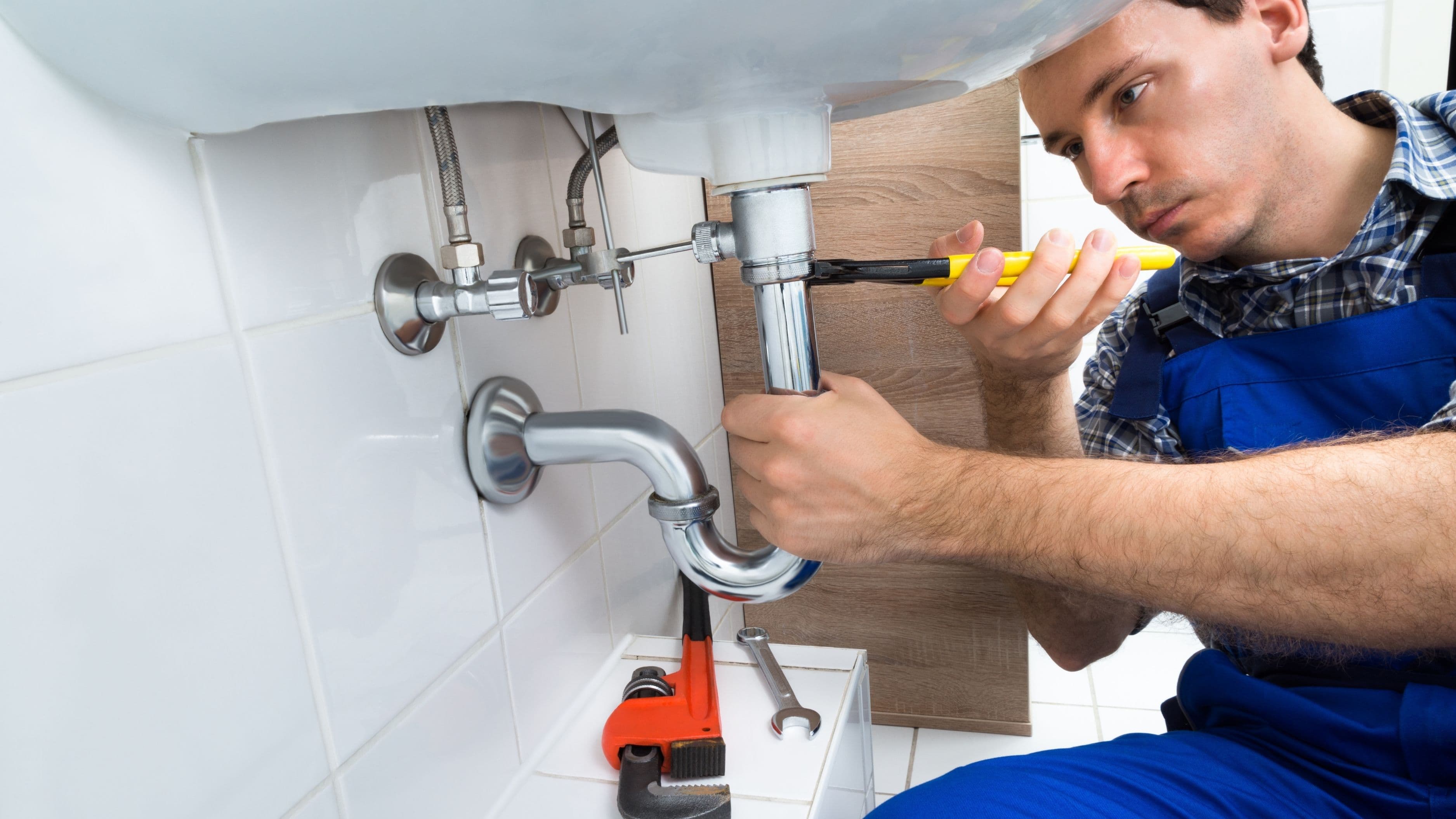The truth is, home repair companies and credit card offers have convinced us that every household hiccup requires professional intervention and borrowed money. We've lost touch with the basic skills our grandparents took for granted, and financial institutions are profiting from that knowledge gap. According to a 2023 survey by HomeAdvisor, the average American homeowner spends nearly $3,300 annually on home repairs and maintenance, with a significant portion charged to credit cards at interest rates averaging 20-24%. But here's what they don't tell you: many common household fixes require nothing more than basic tools, a little courage, and perhaps an hour of your Saturday afternoon.
1. That Dripping Faucet Isn't Mocking You—It's Begging for a 50-Cent Washer
Every drop that escapes your faucet carries pennies down the drain, but the fix costs less than a fancy coffee. Most dripping faucets suffer from worn-out rubber washers or O-rings that deteriorate over time from constant water pressure and mineral buildup. You can pick up a universal washer kit at any hardware store for under five dollars, and the repair takes about twenty minutes once you've turned off the water supply and disassembled the faucet handle.
The process feels intimidating until you realize how beautifully simple these mechanisms are—just a series of parts that stack together like Russian nesting dolls. Take photos with your phone as you disassemble each layer so you can reverse-engineer the reassembly. The satisfaction of stopping that rhythmic plink, plink, plink without spending $150 on a plumber's service call is absolutely worth conquering any initial hesitation.
2. Your Running Toilet Is Flushing Money Every Single Hour
That faint hissing sound from your bathroom isn't a ghost—it's cold, hard cash evaporating into your sewer system. A running toilet can waste up to 200 gallons of water per day, translating to an extra $50-100 on your water bill every month. The culprit is usually a failing flapper valve, that rubber disk at the bottom of your tank that's supposed to seal after each flush but has become warped or corroded.
Replacing a flapper takes about ten minutes and costs around three dollars. Pop the lid off your toilet tank and watch the mechanism work through a flush cycle to diagnose the problem. Most hardware stores have displays showing how toilet components work, and countless YouTube videos break down the process step-by-step. You'll wonder why you ever considered pulling out a credit card for something so straightforward.
3. Drafty Windows Don't Need Replacement—They Need Weatherstripping
When winter winds whistle through your window frames, contractors are quick to suggest full window replacement at $500-1,000 per window. But unless your frames are rotted or the glass is cracked, weatherstripping and caulk can solve 90% of draft issues for under $20 total. That cold air sneaking in around the edges is simply finding gaps that have opened up as your house settles and materials age.
Fresh weatherstripping comes in self-adhesive rolls that you simply measure, cut, and press into place along the window sash where it meets the frame. For visible cracks in the exterior caulk, run a bead of paintable silicone along the seam with a caulk gun, then smooth it with a wet finger. These fixes create an immediate difference you can feel—that icy breeze stops, your furnace runs less frequently, and your heating bill drops noticeably.
4. Squeaky Doors Are Crying for Lubrication, Not a Handyman
There's something deeply annoying about a door that announces every arrival with a horror-movie creak, but hiring someone to fix it feels absurd. That's because it is. Squeaky hinges need nothing more than lubrication to eliminate the metal-on-metal friction causing the noise. A can of WD-40 or even vegetable oil can silence those squeaks in seconds.
Open the door fully, spray or drip lubricant onto the hinge pin area where the two metal pieces meet, then swing the door back and forth several times to work the lubricant in. Wipe away any excess with a paper towel to prevent drips. For hinges that remain stubborn, tap the hinge pin up slightly with a hammer and nail, lubricate the exposed pin, then tap it back down. The transformation from nerve-jangling squeak to whisper-quiet operation feels like magic.
5. Clogged Drains Fear Plungers and Patience More Than Plumbers
Before you call a drain service and charge $200 to your Visa, understand that most clogs are shallow blockages you can clear yourself. Hair, soap scum, and food particles accumulate in the trap—that curved pipe section under sinks designed to prevent sewer gases from entering your home. A good old-fashioned plunger creates pressure changes that can dislodge these blockages, while a plastic drain snake (available for $3-5) can physically pull out hair clumps.
For bathroom sinks, remove the stopper by unscrewing or unclipping it from underneath, which often reveals a disgusting but satisfying mass of hair wrapped around the mechanism. Kitchen sinks benefit from pouring a kettle of boiling water down the drain weekly to melt grease buildup before it causes problems. Chemical drain cleaners might seem like the easy solution, but they're expensive, environmentally harsh, and can damage pipes over time—plus they rarely outperform mechanical methods.
6. Loose Cabinet Handles Need Tightening, Not Replacing
When cabinet knobs wobble or pull away from the door, the instinct is often to browse hardware stores for complete replacement sets that run $50-150. But most loose handles simply need their screws tightened or a dab of wood glue in stripped screw holes. Open the cabinet door and locate the screw on the interior side that connects the handle—usually a small bolt you can tighten with a screwdriver or Allen wrench.
If the screw spins freely because the hole has become enlarged, remove the hardware completely and squirt a small amount of wood glue into the hole. Insert a toothpick or two to fill the space, break off the excess, let it dry for an hour, then re-drill a pilot hole and reinstall the screw. This trick works for everything from cabinet knobs to towel bars to shelf brackets.
7. Small Drywall Holes Don't Require Professional Patching
Those nail holes from removed picture frames or the doorknob-sized dent from moving furniture might seem like damages that require hiring help, but drywall repair is remarkably forgiving. Small holes (under an inch) need nothing more than spackling paste applied with a putty knife, allowed to dry, then sanded smooth and painted. Larger holes require a patch kit that includes self-adhesive mesh and joint compound, creating a repair that's nearly invisible once painted.
The key is patience rather than skill—multiple thin coats with drying time between them create better results than one thick application. Buy the smallest container of spackling paste and the finest-grit sandpaper you can find, and don't rush the drying process. Your walls will look pristine without the $100-300 charge for professional repair work.
8. Air Filter Replacement Isn't a Service Call—It's a Five-Minute Swap
HVAC companies love offering maintenance plans that include regular filter changes because it's easy money for a task requiring zero expertise. Your furnace or air conditioner has a filter slot that slides open, usually located where the return air duct connects to the unit. Pull out the old filter, note the size printed on its cardboard frame, and slide in a fresh one with the arrows pointing in the direction of airflow.
Replacing filters every 1-3 months (depending on whether you have pets or allergies) keeps your system running efficiently and prevents the $150+ service call when a clogged filter causes the system to overheat and shut down. Buy filters in bulk online to save even more—a year's supply often costs less than one emergency repair visit.
9. Loose Tile Grout Needs Re-Grouting, Not Full Tile Replacement
When the grout between your bathroom or kitchen tiles starts crumbling or disappearing, contractors often suggest complete tile replacement at thousands of dollars. But unless the tiles themselves are cracked, you can restore those joints yourself with a grout saw (to remove old grout), fresh grout mix, and a rubber float for application. The process is admittedly time-consuming and requires kneeling in front of your work, but it's purely mechanical—no special talent required.
Mix the grout to a peanut-butter consistency, spread it diagonally across the tiles to force it into the joints, then wipe away excess with a damp sponge before it fully hardens. The transformation from dingy, crumbling gaps to clean, professional-looking lines is dramatic. Plus, preventing water from seeping behind tiles through deteriorated grout protects against the much more expensive problems of water damage and mold growth.
10. Garbage Disposal Jams Respond to a Hex Wrench, Not a New Disposal
That grinding halt from your garbage disposal followed by an ominous humming sound doesn't signal the need for a $250 replacement unit charged to your credit card. Most jams occur when something hard (like a utensil or bone fragment) lodges in the grinding mechanism, stopping the motor. Every disposal has a hex-shaped hole on its underside where you can insert an Allen wrench to manually rotate the grinding plate and free the obstruction.
Turn off power to the disposal at the breaker box first (crucial safety step), then use the hex wrench that came with your disposal—or a standard 1/4-inch Allen wrench—to turn the shaft back and forth until it moves freely. Use flashlight and tongs to remove any visible debris from above, then restore power and hit the reset button (usually a red button on the disposal's underside). This five-minute fix saves the cost of a new unit plus installation.
The Empowerment of Self-Sufficiency
Each repair you tackle yourself represents more than saved money—it's a small declaration of independence from the debt cycle that modern consumer culture pushes on us. Credit card companies want you to believe that every problem requires immediate professional intervention funded by borrowing, because they profit from your interest payments. But our homes aren't the complicated mysteries we've been led to believe they are. They're just systems built by people, using materials and methods designed to be serviceable.
Start small. Pick the easiest item from this list that applies to your living space and spend an afternoon conquering it. Document the process with photos, keep notes on what worked, and feel that surge of confidence when you realize you fixed something that previously would have triggered a panic call to a contractor. Build a basic toolkit gradually—a decent adjustable wrench, screwdriver set, plunger, and flashlight cover 80% of simple repairs. Watch YouTube videos from channels like "See Jane Drill" or "Dad, How Do I?" that demystify home maintenance for beginners.
The repairs that once seemed impossible become routine maintenance, the credit card remains in your wallet, and the interest charges that used to drain your budget can finally go toward something that actually brings you joy. Your home stops being a source of financial anxiety and becomes what it should be—a space you can care for, understand, and improve through your own capable hands.
📚 Sources
1. HomeAdvisor. (2023). "True Cost Report: Annual Spending on Home Repairs and Improvements." HomeAdvisor Research.
2. U.S. Environmental Protection Agency. (2024). "WaterSense: Fix a Leak Week." EPA.gov.
3. Federal Reserve. (2024). "Consumer Credit - G.19." Federal Reserve Statistical Release.
🔍 Explore Related Topics

